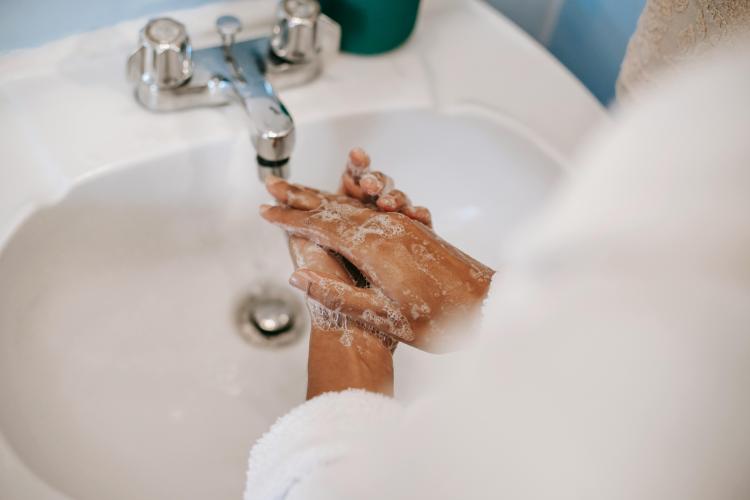Today an estimated three million girls participate in high school sports and more than 200,000 young women play sports in college. As sports participation grows among teenage girls, doctors are seeing an increasing number of sports-related injuries in female athletes.
“I see a lot of ACL injuries in girls between the ages of 14 and 18, because of the intense nature of high school sports,” says Dr. Fond. Females’ body shape and their increased flexibility may contribute to their increased risk of injury, he explains. The shape of their leg bones and their looser joints may also play a role.
The ACL is a small, rubber-band-like fiber, no bigger than a little finger, which attaches to the femur (thigh bone) in the upper leg and the tibia (shin bone) in the lower leg and stabilizes the knee. The incidence of ACL injuries is three times higher in females than in males.
ACL injuries are most common in girls and young women who play sports that involve jumping and pivoting including soccer, basketball, and lacrosse.
“The best way for a female athlete to prevent an ACL injury is through a prevention program known as neuromuscular training,” Dr. Fond notes. “These programs, offered through sports training facilities, strengthen the lower leg muscles, improve core stability and teach athletes how to avoid unsafe knee positions. Female athletes typically participate in the training before the sports season begins. Simply wearing a knee brace during play isn’t enough to prevent ACL injury.”
The most common treatment is surgery known as ACL reconstruction. “We either take a graft of a tendon from the patient’s hamstring or kneecap. Or we use a graft from donor tissue. The exact type of surgery depends on the particular injury and the sport she plays,” says Dr. Fond.
It is a same-day procedure, which typically takes about 45 minutes to an hour. Afterwards, the patient is in a brace or uses crutches, and undergoes rehabilitation that involves exercises that increase range of motion and strengthening. The athlete is usually ready to go back in six to nine months, once she is strong enough.
There are long-term implications for young athletes who injure their ACL. They are at risk for repeat injury in the same knee, as well as an ACL injury in the other knee. An ACL injury may also increase the risk of arthritis in the knee in later years. These injuries also may affect some athletes’ future athletic performance. About 80 to 90 percent of female athletes can get back to the same level of play as before their injury.



 Upcoming Events
Upcoming Events



